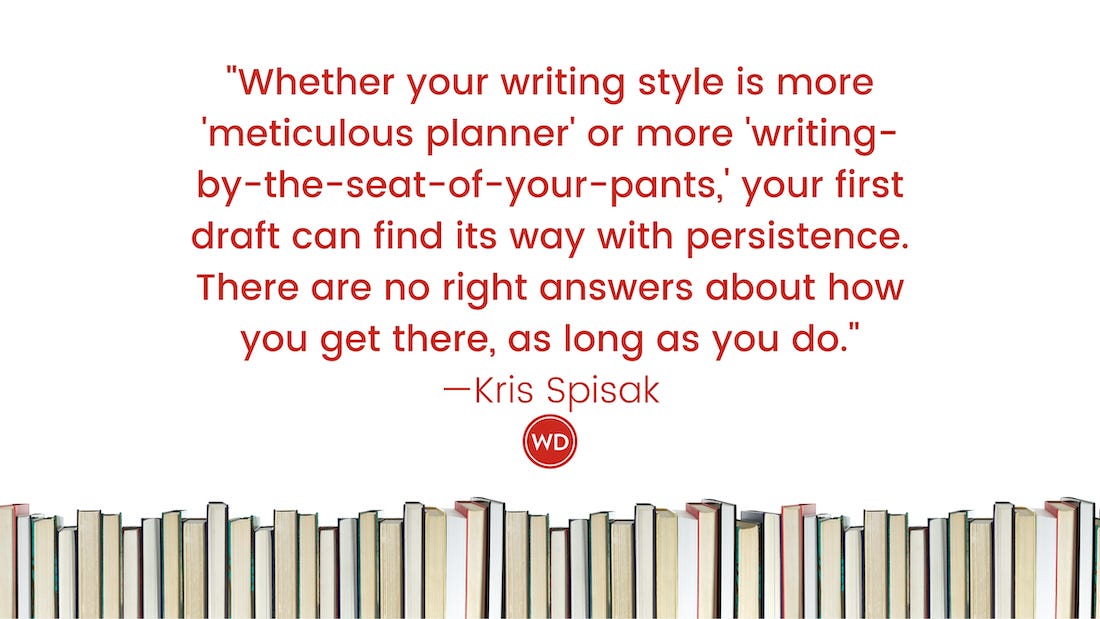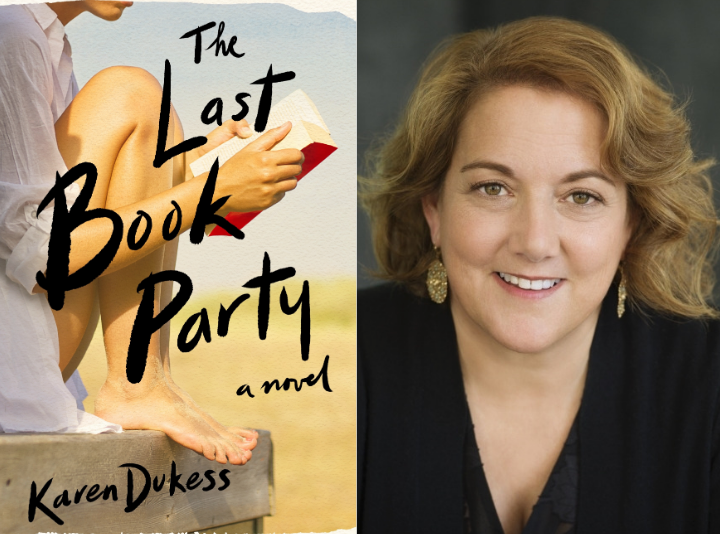9 Ways to Write Yourself Out of a Slump
Push forward your writing (and your career) even when the phone isn’t ringing. by Art Spikol
You know the drill. You send your magazine article to the publication or your proposal to the agent—and then sit on your hands for the two, four or eight weeks you assume you’ll have to wait for a response. But doing that is about as productive as trying to find your soulmate by standing in a breadline. Here are some things to do while you’re waiting to hear back.
RECYCLE. You might sell that diet piece you wrote for Pushup World—with a fresh lede and some new quotes—to Weekend Biker or Couch Potato Workouts, as long as you retained the rights to do so. If the subject matter is still viable, there’s probably another market waiting for it. In fact, if you write business-oriented articles, virtually every industry is served by a trade publication, and there’s almost no crossover readership. Example: An article you wrote about the Myers-Briggs Type Indicator for an airline publication could sell to any market that deals with human resources issues. Search your files; use your imagination.
WRITE ON SPEC. Nobody likes to write for nothing, but it’s a productive use of downtime. If nothing else, it will mitigate your desperation, and could even find you a market. Go to your friendly bookstore (one with a coffee shop, so you can feel like a human), audit some magazines you find interesting, and then figure out what to write and for whom. It’s better than biting your nails. Avoid timely subject matter; think in terms of “evergreens” that can be used whenever there’s a space to fill.
MAKE MULTIPLE SUBMISSIONS. Editors aren’t crazy about manuscripts that are making the rounds, but how are they going to know? Wait a week or two if you want to give your editor of choice a chance to say yes—and then send the article out to some other likely targets. If somebody else calls with an offer after you’ve sold it, be ready. Say, “Vanity Fair bought it, but you have excellent taste. While I have you on the phone, would you be interested in …”
GET INTIMATE WITH YOUR MARKETS. Study the publications you’d like to hit. Most of the research has already been done for you by the agencies who place the ads in them; those ads wouldn’t be there if they weren’t reaching the right buyers. Ask yourself: Does your article make sense for the readers who respond to those ads? Obvious example: If your article is about traveling in Europe on $25 a day, don’t submit it to a publication whose readers buy Jaguars. To find out more about the readers, check the publication’s ad rate card on the Web.
WRITE ABOUT RESEARCH YOU’RE DOING ANYWAY. People are always looking for information; you, the writer, can provide it while you’re going through the angst of indecision (choosing the right DVD player to buy, vetting online workshops and, worst-case scenario, weighing the pros and cons of collecting unemployment compensation). Such articles are called service pieces, and you’re reading one.
DON’T JUST SIT THERE. Get out of the house. Don’t go for a walk in the park. Go to places you might not normally frequent: the emergency room, a local bar, a bowling alley, an all-night diner, a comic book store. They’re all slices of culture, mini democracies that will help erase stereotypes in your writing. When it’s appropriate, talk to the habitués you find there, and don’t be surprised if your fingers itch to start typing.
ADVERTISE YOURSELF. You’re a writer. Send out mailers, postcards, whatever. An e-mail with a provocative, clever subject line will help you break through the clutter, and its repetition may eventually get you a reputation. But your messages have to look attractive and contemporary—the words are the actors, but graphic design is the stage. Thus …
FIND A COLLABORATOR. Designers and photographers can open doors for you as they stumble across a need for writing; you can return the favor by introducing them to clients who use graphics. Work on jobs together and share the income. Example: You write an article or a brochure about, say, a school for the deaf; your partner shoots the photographs. First step: Locate potentially beneficial local talent via the Web and introduce yourself.
ASK FOR HELP. Some people will, when the appeal is right, extend a helping hand—particularly to the young. Here’s a back-door method of getting an assignment or starting a network, but it requires some inventiveness: You want to break into advertising? Contact the creative director or copy chief of a local ad agency, but don’t say you’re looking for a job. Try something more along the lines of, “I hope I’m not intruding, but I’ve admired the work on your website and wonder if you could spare me a few minutes.”
If you’re new in town or a recent grad, say you’re trying to figure out where you fit in. If you’ve just sent your youngest child off to school and are resurrecting an abandoned career, say so.









